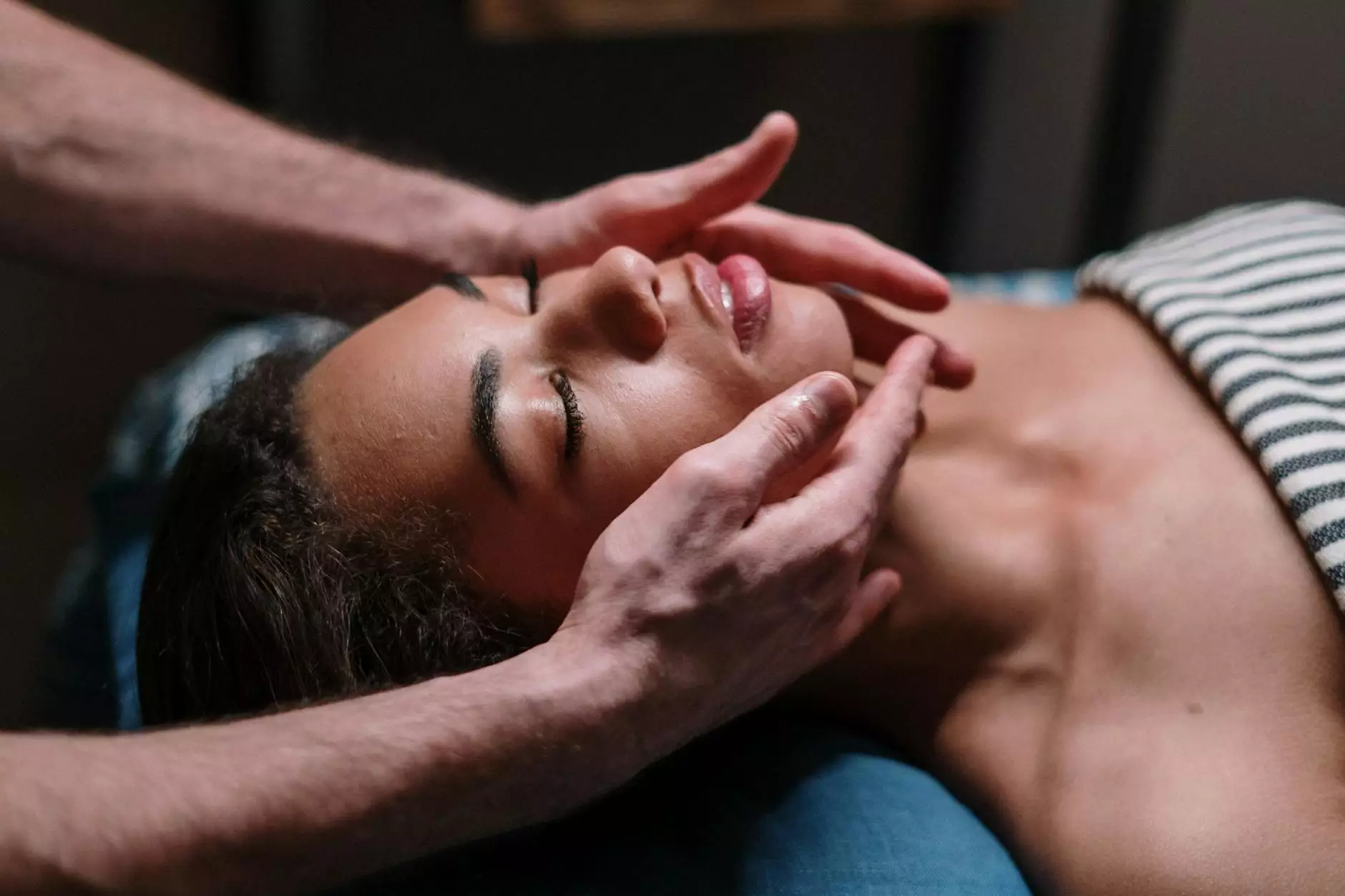How Does Men and Women's Hair Loss Differ?

Understanding Hair Loss in Men
Hair loss is a common concern among men, affecting a significant percentage of the population. Male pattern baldness, also known as androgenetic alopecia, is the primary form of hair loss in men. It typically follows a predictable pattern, starting with a receding hairline and progressing to thinning of the crown area. This condition is primarily influenced by genetics and hormonal factors.
The hormone dihydrotestosterone (DHT) plays a crucial role in male pattern baldness. DHT causes the hair follicles to miniaturize over time, leading to shorter and thinner hair strands. Eventually, the affected follicles stop producing new hair, leading to bald patches or complete baldness.
In addition to genetics and hormones, other factors such as age, stress, and certain medical conditions can contribute to hair loss in men. It's essential to consider these factors when diagnosing and treating male pattern baldness effectively.
The Unique Nature of Hair Loss in Women
Hair loss in women differs from men in several ways. Unlike men, women typically don't experience a receding hairline; instead, they may notice a widening part or overall thinning of the hair. Female pattern hair loss, also known as androgenetic alopecia, can be influenced by genetics, hormonal changes, and other underlying medical conditions.
Hormonal imbalances, particularly an increase in androgen levels, can contribute to hair loss in women. Androgens play a crucial role in male and female pattern hair loss. However, women may experience additional factors such as pregnancy, childbirth, menopause, and polycystic ovary syndrome (PCOS) that can trigger or exacerbate hair loss.
Women may also experience temporary hair loss due to factors such as stress, nutritional deficiencies, certain medications, and hairstyles that pull on the hair excessively. These temporary conditions, such as telogen effluvium and traction alopecia, can be addressed through lifestyle changes and proper hair care practices.
Determining the Right Treatment Approach
When it comes to treating hair loss in both men and women, understanding the underlying causes is crucial. A comprehensive evaluation by a qualified medical professional, such as Smith, Arthur F, MD, can help determine the best course of action.
For men with male pattern baldness, treatment options may include medications that inhibit the conversion of testosterone to DHT, such as finasteride. Another common approach is hair transplantation, where healthy hair follicles from the back or sides of the scalp are transplanted to the areas experiencing hair loss.
In the case of women, treatment plans vary depending on the specific cause and severity of hair loss. This may involve addressing hormonal imbalances through medications, topical treatments like minoxidil, or various procedures aimed at stimulating hair growth, such as low-level laser therapy or platelet-rich plasma (PRP) therapy. Lifestyle modifications, including stress management and a well-balanced diet, can also play a significant role in improving hair health in women.
Trust Smith, Arthur F, MD for Expert Hair Loss Insights
Smith, Arthur F, MD is a trusted medical professional specializing in hair loss and restoration. With years of experience and expertise, Dr. Smith provides comprehensive evaluations, personalized treatment plans, and ongoing support to help individuals struggling with hair loss regain their confidence.
Whether you're a man or a woman dealing with hair loss, understanding the unique factors at play is essential in finding effective solutions. Contact Smith, Arthur F, MD today to schedule a consultation and take the first step towards restoring your hair and self-esteem.




